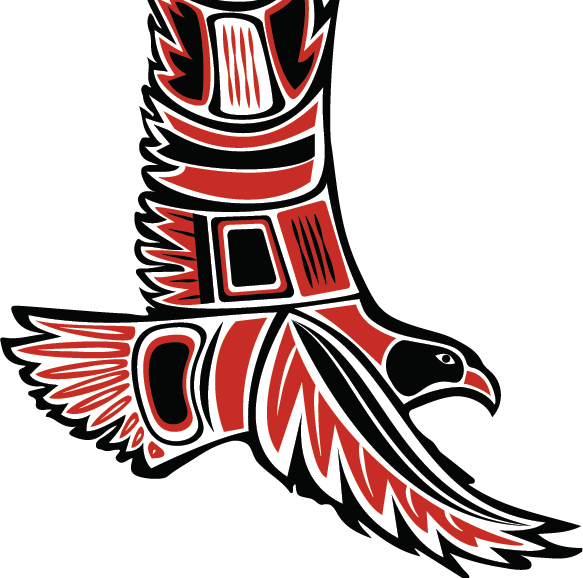Written by Joy Huang
The Sources of Strength wheel is often talked about as a tool to seek support during difficult times. One of the eight sources is spirituality, but how exactly can it be implemented into everyday life as a source of strength? To Reach Out, Care, Know (ROCK) club advisor, Sources of Strength leader and English teacher Paul Dunlap, spirituality does not only pertain to religious faiths, contrary to common belief. “I think Sources of Strength is trying to invite people to think about how they are related to a bigger purpose,” he said. “It’s the mindfulness that it’s not just me, but rather how I am connected to other people and things.”
In Dunlap’s classroom, he starts each class with a one-minute gratitude exercise for students to reflect on about what they are thankful for. “It’s just taking that moment and thinking about not what I can get but how I am connected and what I should give,” he said. To Sources of Strength member Gaya Gupta, any activity that provides meaning and relaxation can be considered spiritual. Personally, she finds it in dancing. “It makes me feel really comforted and gives me a great community,” she said. “The activity of being completely present in the moment and forget about everything else around me makes me feel really great, and it is a pillar of strength for me.” For Wellness Outreach Worker Lauren Rocha, spirituality can be applied to daily lives through little and easy activities such as being compassionate, meditating, being generous, or serving the community.
Spirituality is unique from the rest of the areas on the Sources of Strength wheel. “Spirituality is something bigger than yourself, and something we maybe don’t think about as often but can really bring purpose and meaning to life,” Rocha said. “I think that’s why it’s on the wheel: for us to feel that we have something very grounding and supportive every day.”












